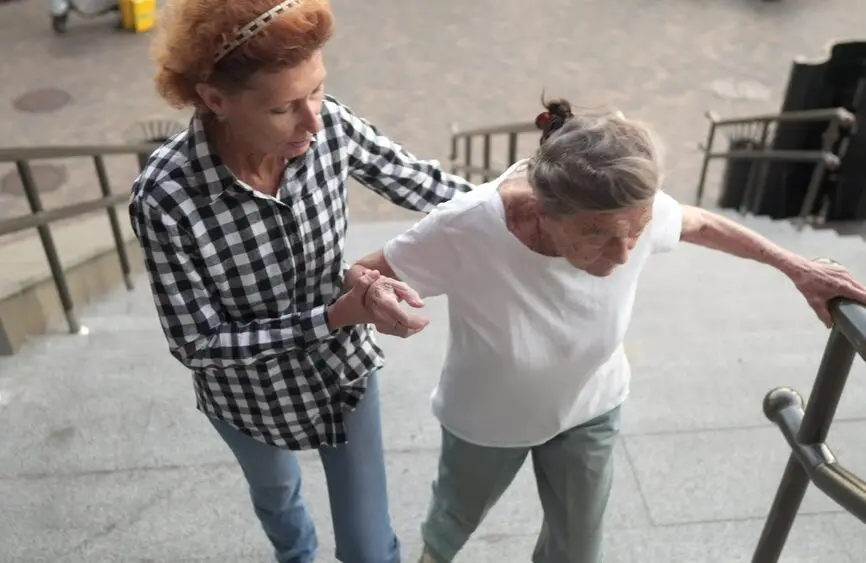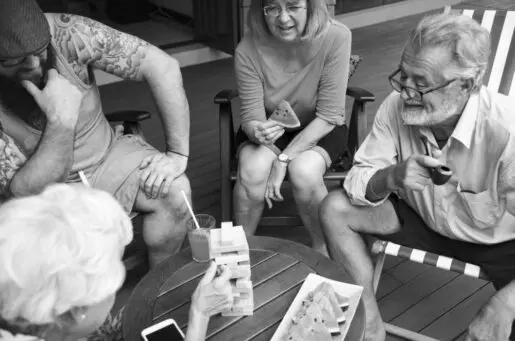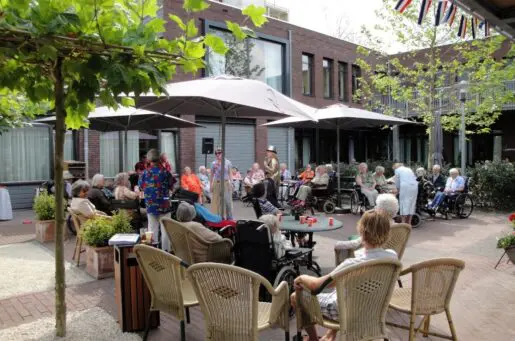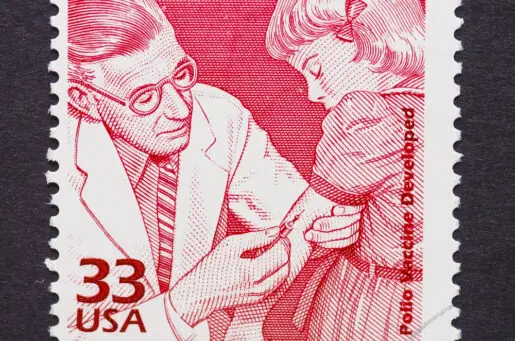Bioethics Forum Essay
Doing Right by Family Caregivers During Discharge Planning
In her autobiographical 2013 novel On the Other Side Is March, Sólrún Michelsen depicts the gradual immersion of a woman into the role of caregiver for her mother, who lives alone and has dementia and other conditions. They are waiting for a nursing home bed for which the mother qualifies; the waiting list is years longer than her life expectancy. As the narrator accompanies her mother, she notices others like them: “Now, wherever I go, I meet women, who have old, dependent mothers to care for . . . I see the exhaustion in their eyes . . . Glimpse the question left unanswered. This see-through army of women.”
The question, the daughter suggests, is “Who cast me in this role?”
As members of this see-through army of women, the family caregivers who are everywhere yet overlooked in aging societies worldwide, we ponder and discuss this question as bioethicists whose writing time is regularly reallocated to care work. We recognize ourselves in Michelsen’s novel and in the timely new PBS series “Caregiving,” about people doing invisible work with limited social support. We fit the profile: In the United States, the typical family caregiver for an older adult is a middle-aged woman, often a daughter, who has a job. The goal of “aging in place” often depends upon the availability and willingness of a daughter or other family member to do what an older adult can no longer do for themselves: shop for groceries, manage digital health and financial records, drive to and follow up on medical appointments. When this older adult is perceived as living “independently,” an interdependent relationship becomes invisible. Family caregivers are nearly invisible in studies of Medicare utilization because there is no code for our services — though health care providers have billing codes to cover their time training us.
Our new article “Ethics at the Hinge” explores these challenges from the “hinge” of discharge planning, when responsibility for the continuing or future care of a hospitalized patient is transferred out of the system, often onto a family caregiver. Even when a patient’s destination is a residential care setting, if there is a family caregiver, she will be the one handed the discharge packet. We wrote this article for practitioners, such as social workers and care coordinators, who work with patients and families during discharge planning, and as a contribution to the growing bioethics and research literatures on this socioeconomically complex domain of health care. The discharge planning process is part of hospital economics, governed by organizational mandates (“clear the bed”) as well as safety considerations. During discharge planning, family caregivers are pressed to make swift decisions about “options” implicitly premised on what we term the “triple burden”: the expectation that family caregivers will provide, manage, and pay for needed care not covered by Medicare or other insurers.
We are familiar with the triple burden in our own experiences as caregivers. As humanities scholars, we are attuned to cultural narratives that imagine families in other societies caring for their elders yet fail to acknowledge family caregiving as a deep expectation and common practice in America. As health care ethicists, we know that in hospitals the role of the family caregiver may be conflated with that of the surrogate decision-maker or with the undifferentiated “family” at the bedside.
One problem we discuss is the curious disconnect within health care ethics and professional practice concerning informed decision-making in this context. There is a longstanding ethical and legal consensus that patients have decision-making rights and that health care professionals should support informed decision-making. Decisions that create undue burdens raise concerns. Yet health care ethics has not articulated equivalent rights and duties concerning decisions about continuing and future care when the weight of the decision will be partly or wholly borne by a family caregiver. During discharge planning, a family caregiver may be told that Medicare will cover some post-hospital services for a limited number of days, or that an older adult who previously lived on their own will now “need someone at home – can you manage that?” Or, a family caregiver may be handed a list of nursing homes, or rehab facilities, or home care agencies – institutions they have never visited and may never have heard of – and asked, “Which one do you want?”
The family caregiver is clearly a stakeholder in this type of decision. For example, 70% of dementia care costs are borne by families through out-of-pocket expenses and unpaid labor too often called “informal” care in contrast to care provided by health care professional. Stretching the norms of treatment decision-making to cover discharge planning by assuming that patient preferences should guide the care plan risks obscuring the voice and perspective of the caregiver concerning their own burdens. Yet when a caregiver pushes back, or refuses to accept a care plan, it becomes a problem for the system, which is relying on them to agree to what is on offer, so that a bed can be cleared.
There is something deeply unsatisfactory about this, and our article offers recommendations for improving how health care systems work with family caregivers. To truly care for caregivers, beyond urging them to “take care of themselves” (because no one else can be counted on to do so), health care professionals should recognize the dependence of the system on unpaid care labor. Clinician education on medical decision-making and collaboration with families during hospitalization should explain the triple burden and its implications for different aging-associated trajectories and avoid conflating the role of the family caregiver with that of the surrogate decision-maker. Even when both roles are held by the same person, their stresses are different, and caregiving may be far more demanding of time and finances.
Family caregivers should be provided with trustworthy websites and helplines, such as the national Family Caregiver Alliance and regional SHIP programs for Medicare beneficiaries, where they can turn with the questions they will surely have. At the executive level, health care systems should work to protect Medicaid, the major source of coverage for long-term care in the U.S., including for older adults who have outlived their savings. The Family Caregiver Alliance’s explainer on the long-term care implications of proposed cuts to Medicaid may be useful to discharge planners as well as family caregivers.
To do right, health care systems should seek to reduce harm. To do right by family caregivers, who have accepted a role in the system that they did not freely choose, health care systems should seek to reduce harms to them.
Nancy Berlinger, PhD, is a senior research scholar at The Hastings Center. Her research on Bioethics for Aging Societies focuses on ethical and social challenges arising from population aging and the end of life.
Alison Reiheld, PhD, is a professor of philosophy at Southern Illinois University-Edwardsville. As medical ethicist and feminist philosopher, her work explores how power operates upon vulnerable persons in health care settings and other social institutions. Instagram @reiheld













